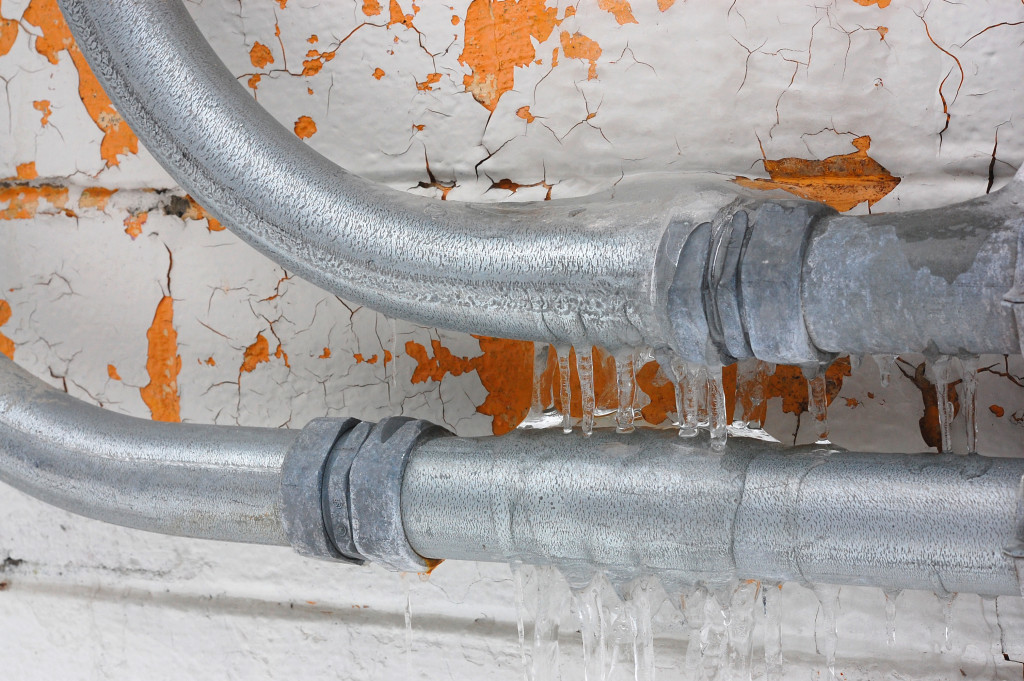Winter might be months away, but you can start preparing your home for it. Preparing for the cold season is essential since it allows you to save money while keeping your home toasty and nice. You can address issues with the cold weather by ensuring the warm air stays inside the house while keeping the cold air outside. Here are the best practices for you to prepare your home for winter.
Seal Gaps in the House
The first thing you need to do is to seal any gaps in the house. You can find these gaps on the exterior doors, attic, and chimney. One way to check these gaps on the door is to use an infrared thermal gun useful in detecting cold drafts.
But a simple way to look for gaps is to put a lighted candle close to the door frame. If the flame blows towards the interior, a draft is present. To seal the draft, you can install weatherstripping on the inside of the door frame. This can save you over 20 percent in energy bills. You can also install a door sweep at the lower edge of the exterior door as an option.
Aside from the door, you should also seal gaps in the attic. Checking the seal cutouts on the wall for pipes, electrical fixtures, and outlets is essential. If you see small gaps, you can seal them using caulk. For bigger gaps, you can use pressurized expanding foam for openings that caulk isn’t useful on.
If your home has a chimney, you should make sure to close the chimney damper once the fireplace cools. This prevents heat from escaping through the chimney during winter.
Look For Holes in the House
You should also look for any holes in the house. Bringing a foam gap-sealer and caulking material when going around the house is a good idea. In this manner, you can look for holes and gaps in the windows, siding, and foundation and seal them immediately. You can also use a candle to check for drafts in different areas inside the house. The openings in appliance vents and plumbing fixtures are good candidates for sealing since these are some areas where hot air will go out of the house.

Add Insulation
Adding insulation to the home is not only useful in keeping warm air inside the house during winter, but it also keeps cool air from escaping during summer. Since it is challenging to insulate the basement and attic, you should hire a professional to work on it.
While insulating the house is costly, you can see its benefits once your energy costs go down. You have to make sure to use the correct type of insulation for the house. The type of insulation depends on the location of the house.
Check the Water Heater
You should also check the water heater of the house. Wrapping an old water heater with insulation allows you to save on fuel expenses. Doing this is easy, and anyone can do it. You can follow the instructions that your utility company provides. While insulating the water heater, you should make sure to avoid covering the burner access.
When checking the water heater, make sure it functions properly. If necessary, you should contact a water heater replacement service to change the equipment if it’s not working anymore. You should do this long before winter comes to ensure the home is ready for the cold months.
If you have a newer water heater model, check if it’s already pre-insulated. These water heaters do not require additional insulation since they already have it under their shell.
To save on energy costs, you can set the temperature at 120 degrees Fahrenheit. Manufacturers set the temperature at 140 degrees, but 120 degrees is hot enough to heat water. It also reduces corrosion and mineral buildup in the water heater and its pipes.
Install a Smart Thermostat
Installing a smart thermostat allows you to keep the home warm while saving on energy costs. Aside from allowing you to set the schedule on increasing the temperature, these devices also feature geofencing that allows them to automatically adjust the temperature as you make your way home. In this situation, you will reach your house with the temperature set to your liking.
You can also control these devices remotely even if you are not home. All you need is an app and an internet connection. They also feature a low-power mode that saves energy when they are inactive.
Preparing for winter ahead of time allows you to deal with any issues involving the devices and equipment at home before the cold season comes in.







